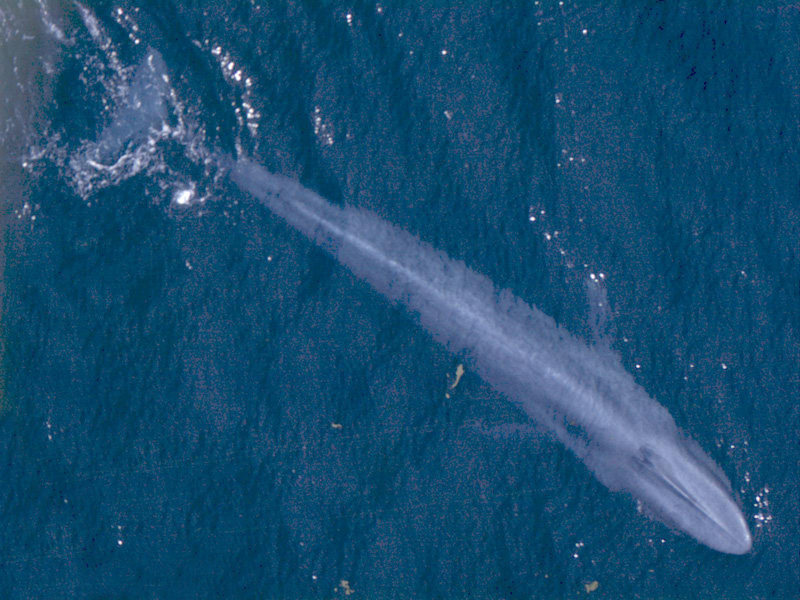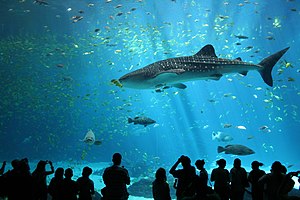Of course! Now, do not expect to take a whale home. There is no way your tub can fit a marine mammal comfortably, plus, taking care of a salt water tank is all too fussy.
If you are willing to donate the money you can do just about anything in the world. Adopting a whale is something I highly recommend for a classroom or family project. My fifth grade class adopted a humpback whale (named Pegasus). From the organization that my teacher used to adopt the whale the class received annual letters on the migration of Pegasus. This was a fabulous way to conceptualize currents and migration patterns. I am pretty sure my younger brother’s class adopted her baby.
The well established non-profit, Save the Whales, has a great program to adopt killer whales.
Do you have another great question for the Beach Chair Scientist? E-mail info@beachchairscientist.com or just let us know at http://www.beachchairscientist.com.












What people are saying …